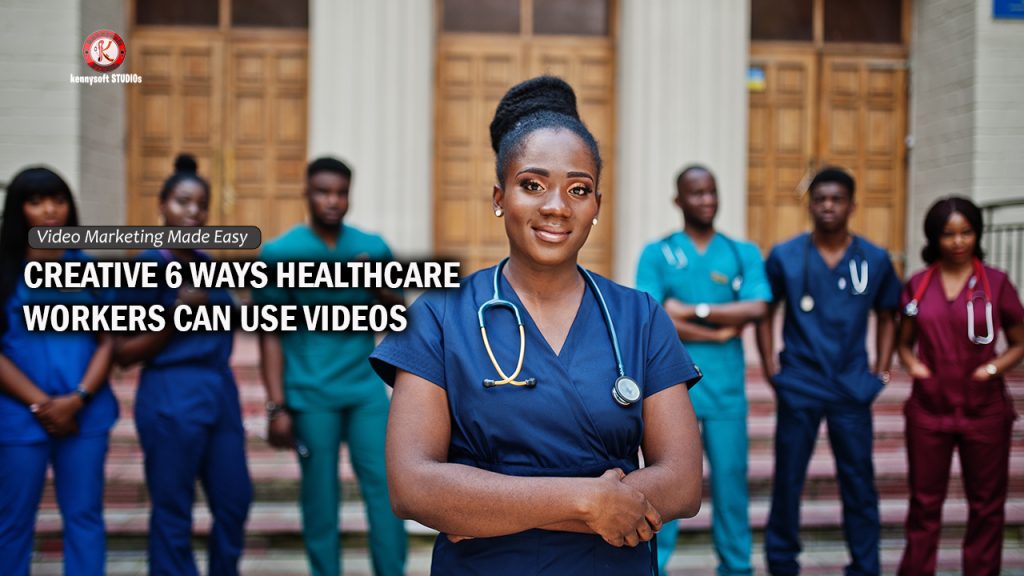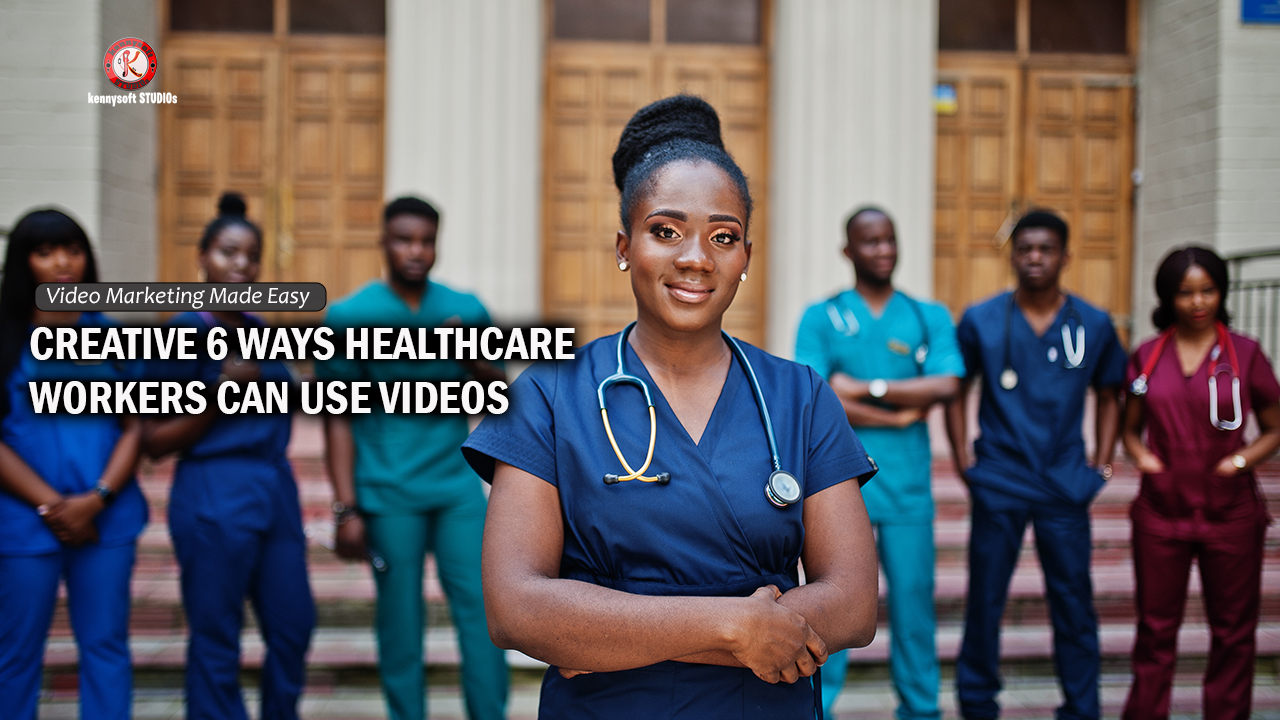
Are you looking for ways to increase the effectiveness of your healthcare workers? Videos are becoming a more popular medium for healthcare providers to use in their practices. Videos provide an engaging way to communicate and educate patients, and they can be used in many different ways to improve the overall quality of care.
Videos are always performing well on all of the popular social media platforms. As part of the healthcare industry, you can take advantage of this by creating videos that focus on giving general tips and health advice to viewers.
These tip videos can be short and sweet and focused on easily understandable topics about everyone’s general health like exercise tips, food tips, diet tips.
What is great with these videos when viewers can understand and digest the content is that they can easily perform your tips and share them on all of their social media accounts so their friends can see them as well.
Here is a great example of a healthcare tips video from the Mayo Clinic:
Video Link: https://www.youtube.com/watch?v=bghaMWh1s5s
Best 6 Ways Healthcare Workers Can Use Videos
In this article, we’ll look at six ways healthcare workers can use videos to engage with patients and improve patient satisfaction.
- Patient Education One of the most effective ways to effectively use video in healthcare is to educate patients. Videos have the power to provide patients with relevant information in a way that is easy to understand and remember.
Videos can be used to demonstrate complex medical procedures, explain the effects of medications, and provide information on lifestyle changes.
This can help patients make better decisions about their health and ultimately improve the quality of care they receive
- Demonstrating Procedures One of the most common ways health care workers can use videos is to demonstrate procedures. With the help of videos, health care providers can easily explain complicated procedures and treatments to patients. It’s also a great way to show patients the steps they need to take to complete a procedure or treatment. This can help alleviate anxiety and make the experience more comfortable for the patient.
- Educating Patients Videos are also a great way to educate patients about their health and the available treatments. For example, videos can be used to explain the causes of a particular condition and the treatments that are available.
This can help patients better understand their condition and make more informed decisions about their care.
- Patient Outreach Videos can be used to reach out to patients who may not be able to come into the hospital for care. For example, healthcare workers can create videos to provide information about telehealth services or to explain how to access online resources. By utilizing videos, healthcare providers can ensure that their patients are able to receive the care they need, even when they can’t come into the hospital.
- Building Relationships Videos can also be used to build relationships with patients. This can be done by providing educational content that patients can watch at their convenience. It’s also a great way to keep patients updated on the latest developments in their care
- Introducing Staff Finally, videos can be used to introduce staff to patients. This can be a great way to put a face to a name and make the patient feel more comfortable with the staff. It can also be used to introduce new staff members or highlight the expertise of the staff. Videos are becoming an increasingly important tool for health care providers.
They provide an engaging way to communicate with patients and can be used in many different ways to improve the overall quality of care. With the help of videos, health care workers can demonstrate procedures, educate patients, provide follow-up care, build relationships, promote wellness, and introduce staff.
With the right strategies in place, videos can be a powerful tool to improve patient satisfaction and the overall quality of care.
In conclusion, videos offer healthcare workers a powerful tool for improving patient care. By using videos to provide instructional information, engage with patients, improve communication, reach out to patients, and train staff, healthcare workers can ensure that their patients are receiving the best care possible.






